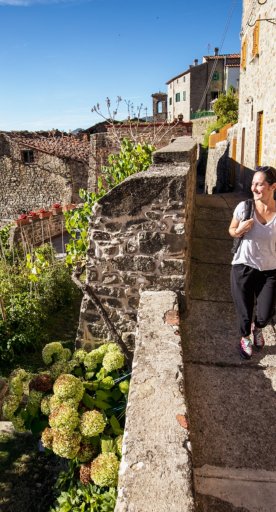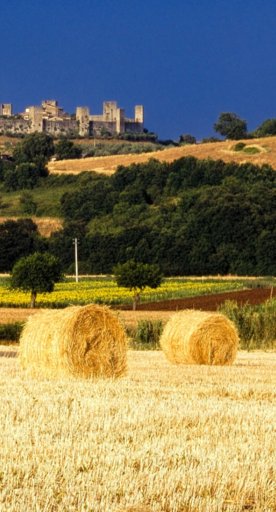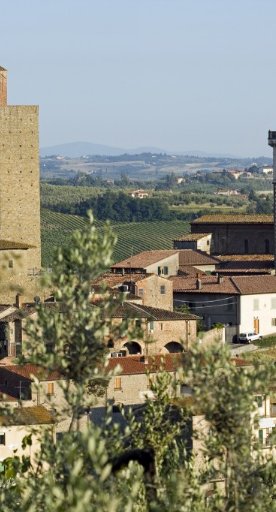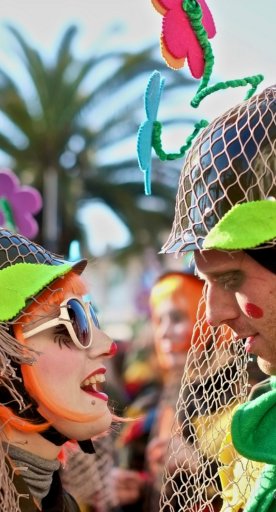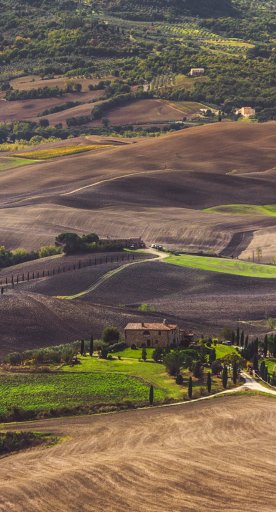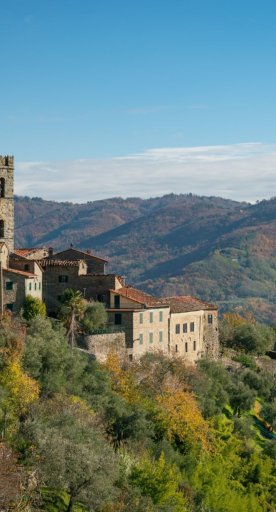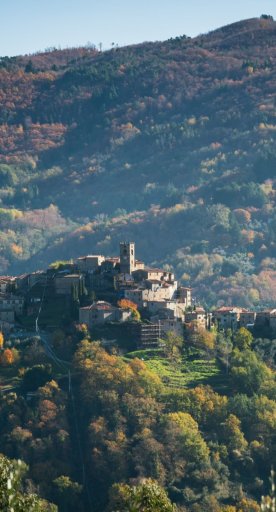

Journey through the villages of Montecatini and Valdinievole
Breathtaking views and historical monuments: discover the unedited Tuscany
Montecatini Terme can be defined as the city of Liberty, nature and water. In fact, this town was founded by the will of the Grand Duke Pietro Leopoldo d'Asburgo Lorena owing to its natural and thermal characteristics. It enjoyed a particularly joyful period between the end of the 19th century and the first thirty years of the 20th century, attracting high profile guests such as Giuseppe Verdi, Ruggero Leoncavallo , Pietro Mascagni and Giacomo Puccini. The city is characterized by countless parks and green spaces where you can stroll and enjoy a relaxing and culturally rich atmosphere.

Continuing towards the small medieval village of Montecatini Alto, it's possible to reach the town of Marliana. The fortified centre of the village with evidence dating back to 1137, was first occupied by the Lucca militias of Castruccio Castraccia and then passed into the hands of Pistoia. The walls have almost completely disappeared, however, the original medieval structure has been maintained with steep, winding streets that developed around the Church of S.Niccolò, built in the 12th century. Renovated several times, it contains works of art collected in the Diocesan Museum.
It's also possible to reach Panicagliora, a town linked to the mountain economy based on the wealth of chestnut groves and the production of charcoal, as well as Avaglio, a fortress from the first half of the 14th century.


From the center of the city of Marliana, continue towards the Castle of Verruca, a fortress that was ruined following its conquest in 1200. A hundred meters further on, you reach the square of Croci where the 18th-century Sanctuary dedicated to the virgin of Carmel is located. Make sure to see the "Festa di Croci", a festival that takes place in the first week of September where you can enjoy the delicacies of Tuscan cuisine.
Massa and Cozzile is a municipality that mostly occupies a hilly area. The oldest settlements from which the town takes its name and to which they belong are those of Massa and Cozzile.
Margine di Cozzile is a 15th-century structure and a beautiful example of sacred architecture. It's a small temple where wayfarers could find shelter, and which is characterized by well-made frescoes.
Once you have visited the Margine di Cozzile, you can easily reach the entrance to the village of Cozzile, an urban area adjacent to the famous fortress of Cozzile, known for its well-preserved castle.
The itinerary continues towards the center of Massa, one of the oldest fortified centers in the area. It was formerly surrounded by walls, of which only some 14th-century sections remain.

Buggiano is a small town divided into two areas: an upper part of medieval origin and a lower part developed in modern times. Still today, the village is a symbol of the agricultural and trading activities of the area.
The upper part of the municipality of Buggiano takes the name of Buggiano Castello, a beautiful centre that maintains the medieval urban structure dating back to 1238. It has the remains of the defensive walls and fortress from which you can enjoy a splendid view over the whole Valdinievole.

Following on from Buggiano Castello, take the pleasant road surrounded by olive trees to reach Colle di Buggiano. In the square of the small village you can find the church of San Lorenzo which, according to some scholars, was originally the base of a Templar mansio. The crest of the cross can still be seen on the facade of the building. The bell tower is what remains of a defense tower. Its bell, called “La Smarrita”, rang at night to help those who lost their way.





